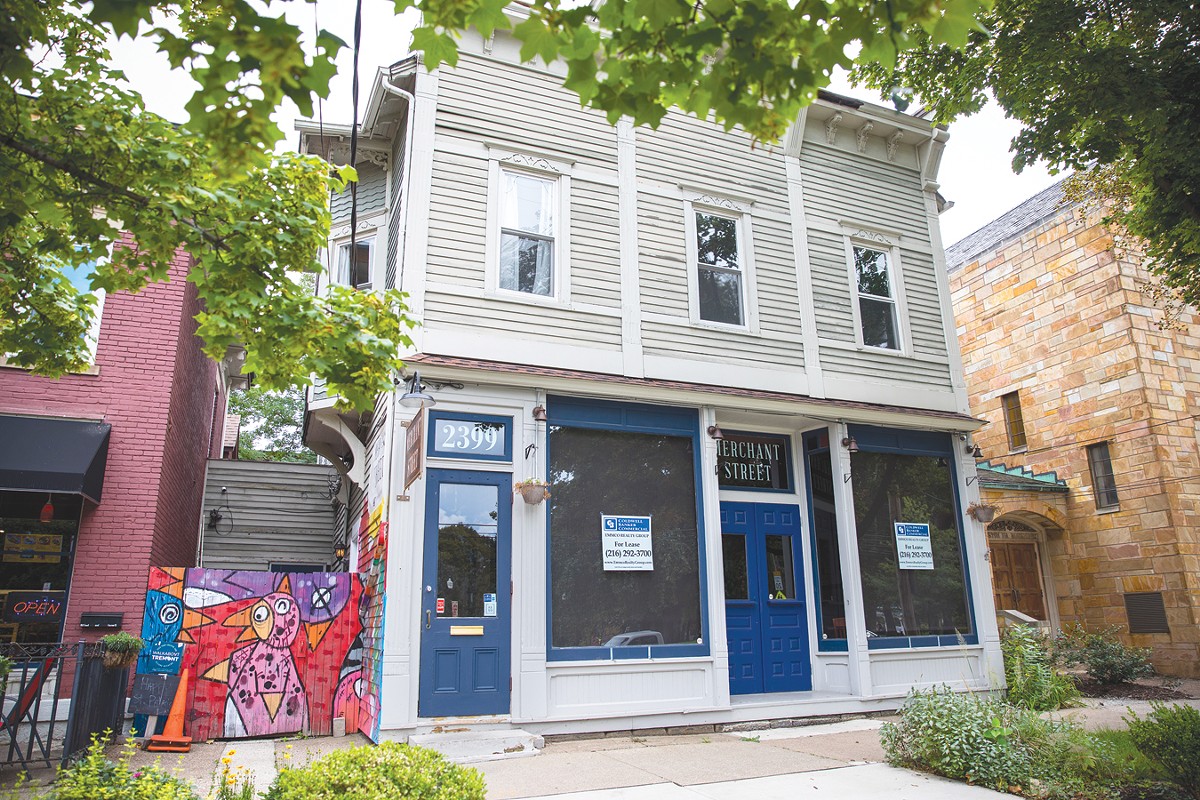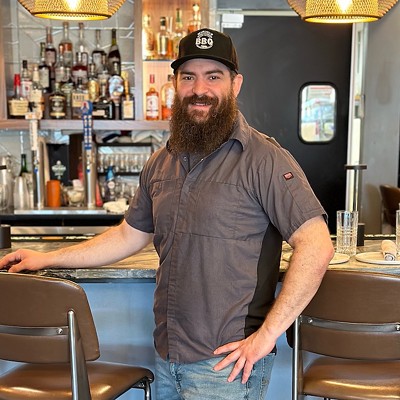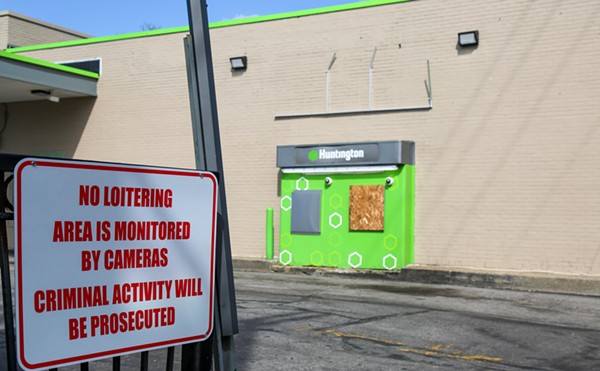It's easy to look at an address like 2391 West 11th St. and designate the location as "cursed." After all, for the past 20 years the building has been a revolving door for restaurants. Since Miracles closed for good, for the second time, in the late-1990s, this iconic Tremont property has hosted Oz Bar & Bistro, Sage Bistro, Bistro on Lincoln Park, Porcelli's Bistro, Ligali's Bistro and, most recently, Merchant Street.
Judging by all outward appearances, the prime piece of real estate has everything going for it: located on picturesque Lincoln Park, the attractive building resides on a well-trafficked street in a desirable urban neighborhood with easy highway access. Those attributes likely are the reasons that optimistic new operators continue to sign on the dotted line despite the lengthy trail of tears that preceded them.
Across town in Lakewood sits a pair of buildings that seems to attract more than its fair share of failure. In the past few years, the side-by-side INA and Bailey Buildings on the 14700 block of Detroit Avenue have been home to World of Beer, the Detroiter, Ivory Keys, Somethin's Smokin Cafe, Eddie 'N Eddie Burgers, Eddie Cerino's Casual Italian and Burgers 2 Beer.
Conventional wisdom states that a good location is one that is highly visible with plenty of foot and auto traffic, qualities that the busy intersection of Detroit and Warren has in spades. Those are the reasons that Burgers 2 Beer owner Elie Chamoun took a chance on the spot, despite that corner's reputation as a restaurant killer. The concept was hardly untested: The original location in Highland Heights has been going strong for a decade. In Lakewood, it lasted two years.
Chamoun pins the blame on a toxic combination of hidden parking, vexing traffic patterns, intense competition, the rise of delivery services, and a fickle dining community. But more than anything, the owner asserts, it was the stratospheric rent that proved insurmountable. Regardless how solid the food, service and setting might be, he argues, excessive rent will signal doom for any future concept.
"The rent is very high there because the landlord thinks that this is the best location in Lakewood," he explains. "I was paying four to five thousand dollars more per month there than at my other places."
Heading up the Restaurant Practice Group of the Cleveland office of CBRE, the global commercial real estate firm, VP Stephen Taylor finds homes for large national chains, smaller regional operators and one-off independent chefs. While he agrees that rent is a key element to consider when shopping for a location, failure often can be assigned to other issues.
"Rent is obviously a very important factor," he says. "If you're at 10-percent occupancy cost, there's probably a good chance you won't be around for too many years. But I think a lot of these locations that have a lot of turnover comes down to the operator."
Taylor rattles off undercapitalization, faulty or nonexistent market research, labor issues, and delivering inconsistent results in terms of food, service and setting as the more likely causes of restaurant failure.
"The first question I ask an operator is 'Who is your customer?'" Taylor says. "I think a lot of operators don't figure that out before working out the location and then they can't get that customer to the location because of wrong demographics, psychographics or traffic patterns."
A proper demographic analysis, for example, might steer the owner of a vegan eatery away from an aging suburban strip mall better suited for a kid-friendly American tavern and toward a hot urban neighborhood where a pricey chophouse concept might bomb.
For every supposed "cursed" location — such as Battery Park, home to the ghosts of Battery Park Wine Bar, CHA Spirits and Pizza, Snicker's, Reddstone , Graffiti and Vita Urbana — there are success stories that run counter to established wisdom. Despite undeniably isolated and challenging addresses, brands like Johnny's on Fulton, Porco Lounge, Tremont Taphouse, Parkview Nite Club and the former Grovewood Tavern all managed to survive and thrive.
"Take a look at L'Albatros," Taylor points out. "On paper it's not a prime location: it's hidden, you have no real visibility, there's no real foot traffic, there's no car traffic, there's no real signage, but for the past 10 years it has consistently produced a great product."
Jonah Oryszak doesn't buy into the whole cursed location nonsense. When he and a partner purchased a falling-down building a dozen blocks off the main drag in Ohio City five years ago, "SoLo" was not exactly trending. But the pair saw potential in the property, especially considering that it was being offered for next to nothing and family would be doing most of the construction work. In the three years it took the Plum to open, the concept evolved from a simple coffee and sandwich shop to an ambitious farm-to-table bistro, an approach that better suited the rapidly changing neighborhood's demographics.
"You have to know who your audience is," Oryszak says. "In a city like Cleveland, where people are so opinionated about restaurants, you can't just shoehorn your restaurant into any place."
Next up for the Plum crew is the takeover of a cursed location within a cursed quarter. When it opens this month in the former Vita Urbana space in Battery Park, Good Company will attempt to flourish where many others have failed. To do so, Oryszak will not be relying on a secret spell, but rather a prudent plan that synchs the concept with the needs and desires of the neighborhood at hand.
"I think people in Cleveland like to toss around stories like 'Battery Park is cursed,'" he says. "Terrestrial is doing great because they really tapped into the neighborhood and they also have people coming in from elsewhere because they're cool and offer something special. That's the goal. If we can be the restaurant for this neighborhood, then anybody we can get in here from outside the neighborhood because it's cool is a bonus."










